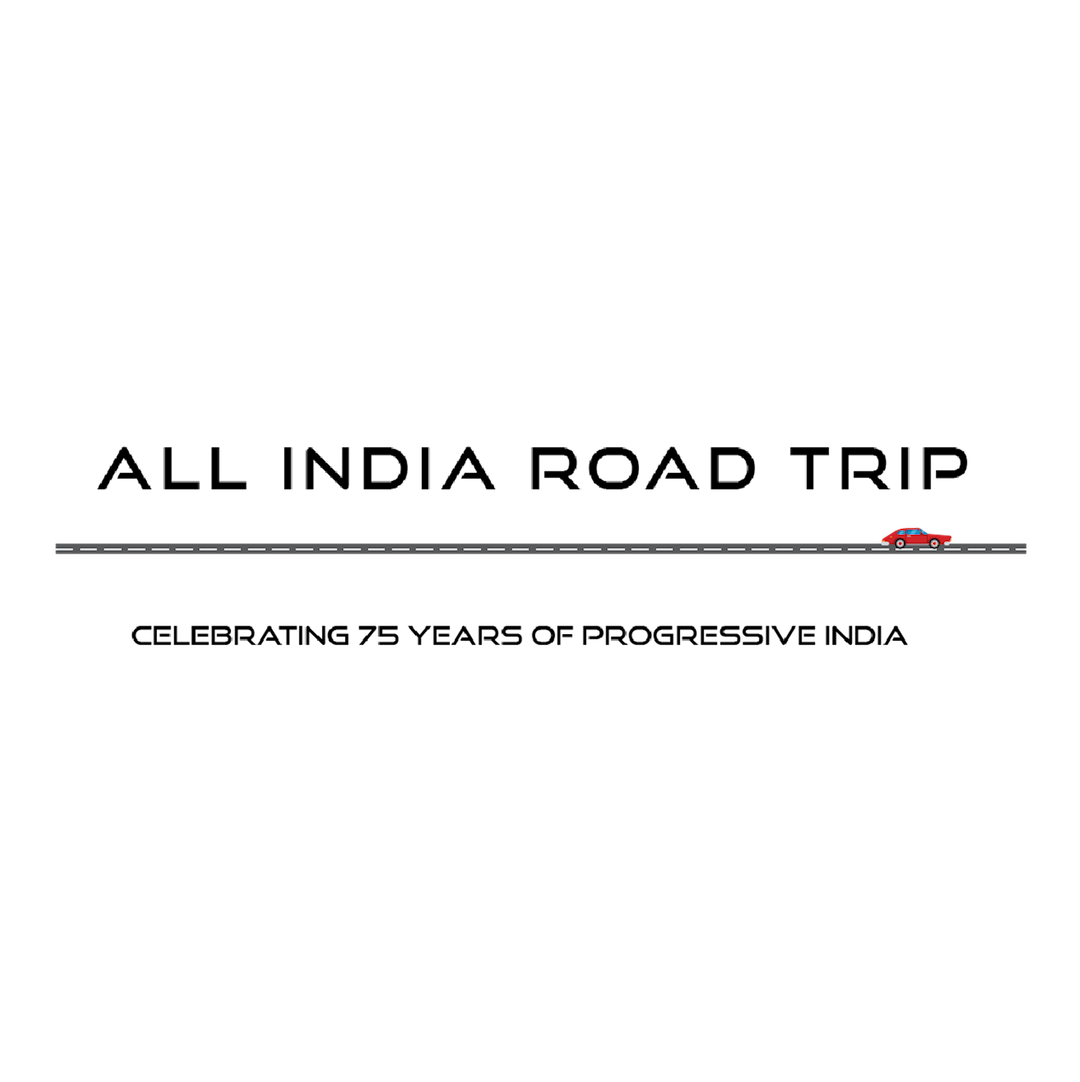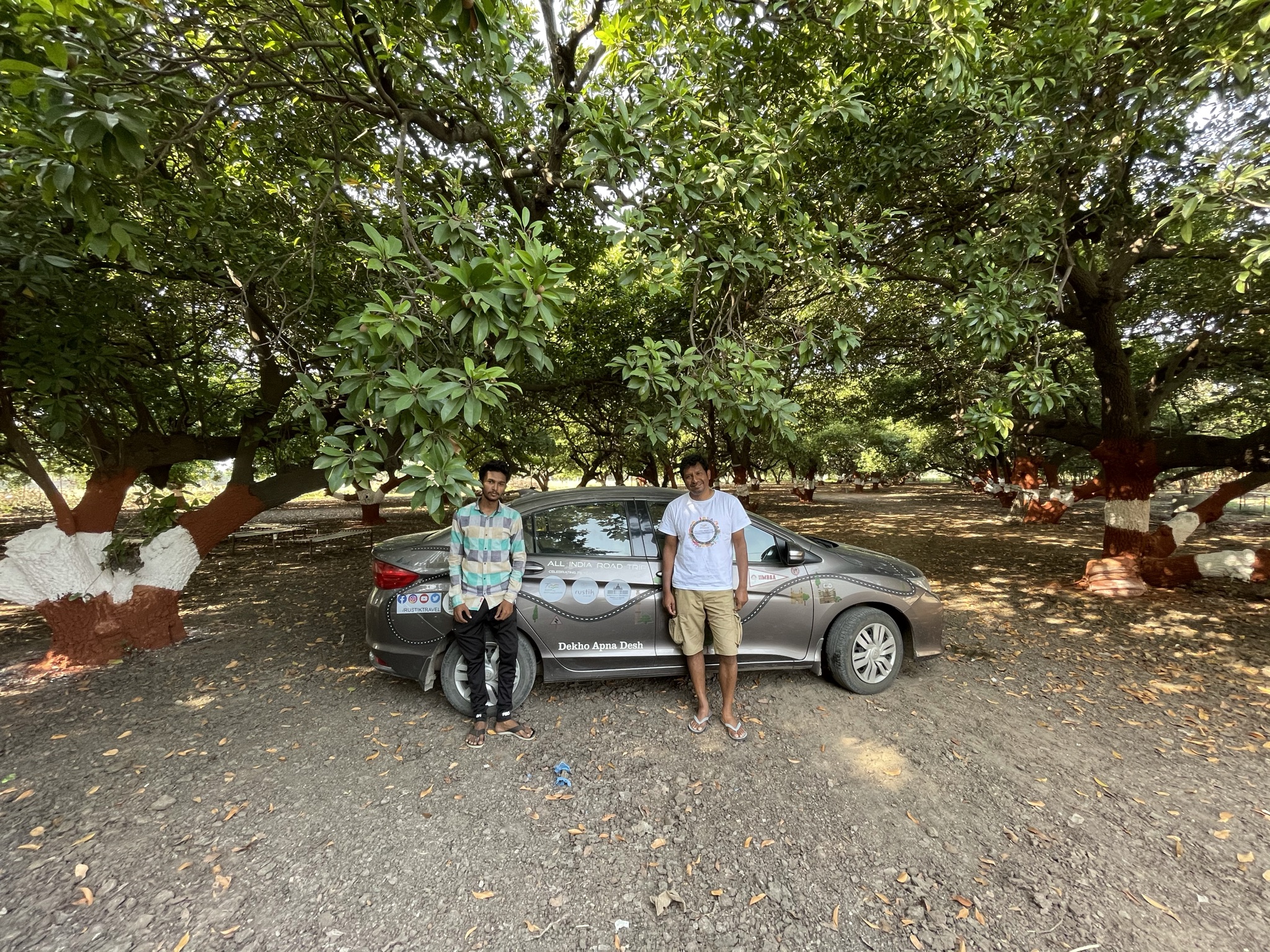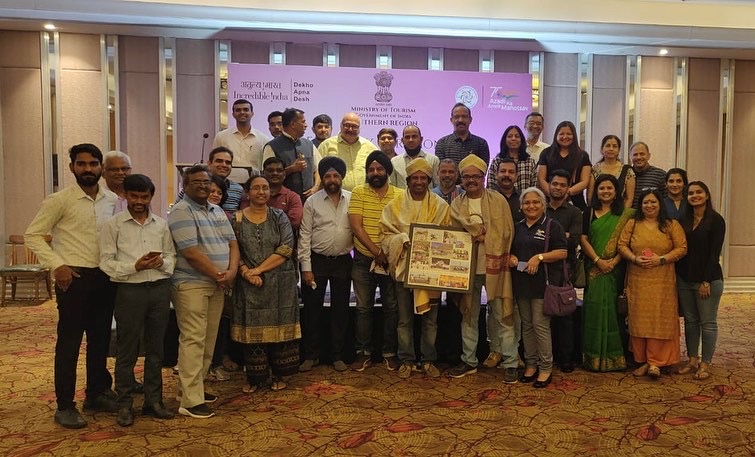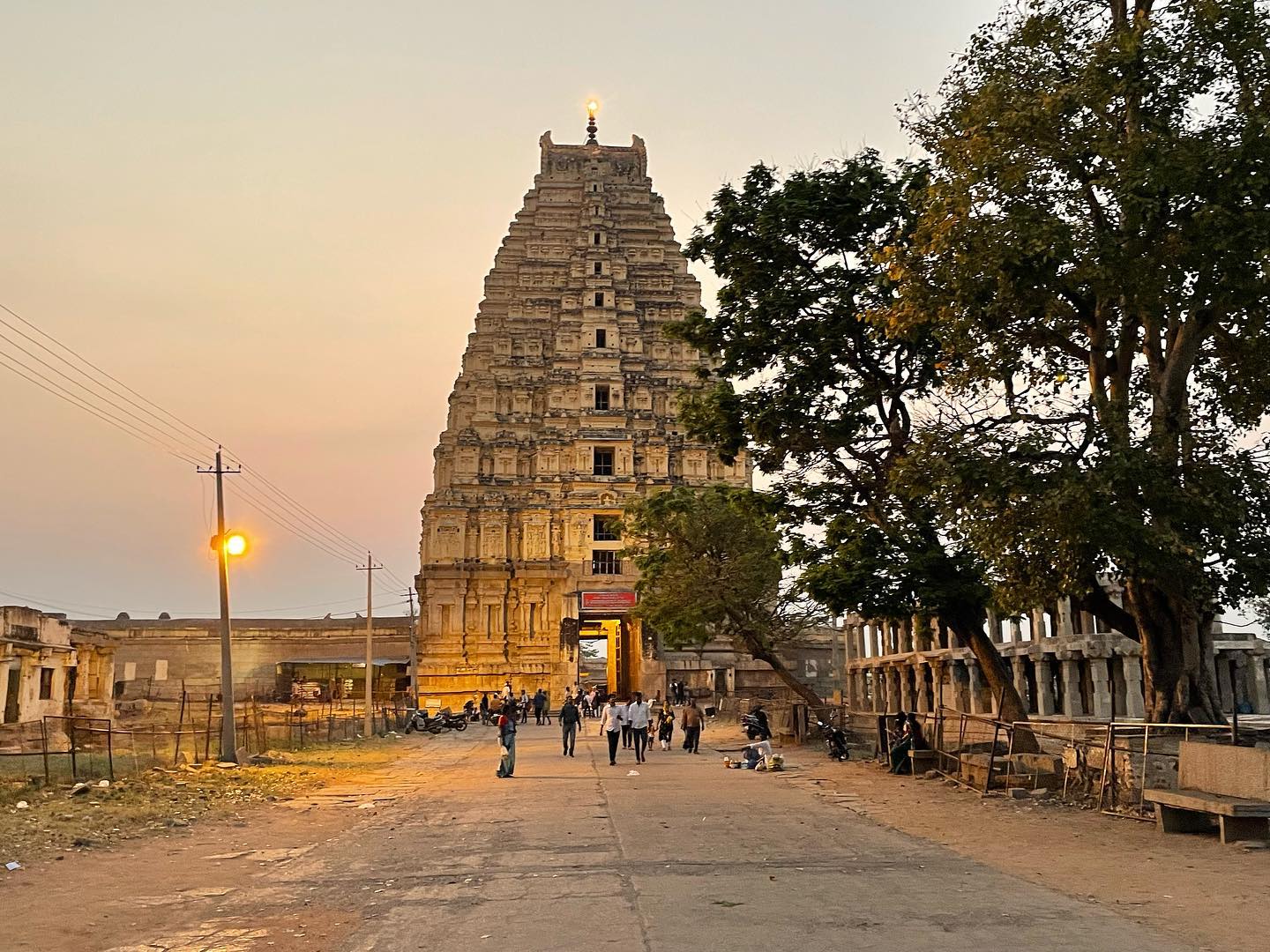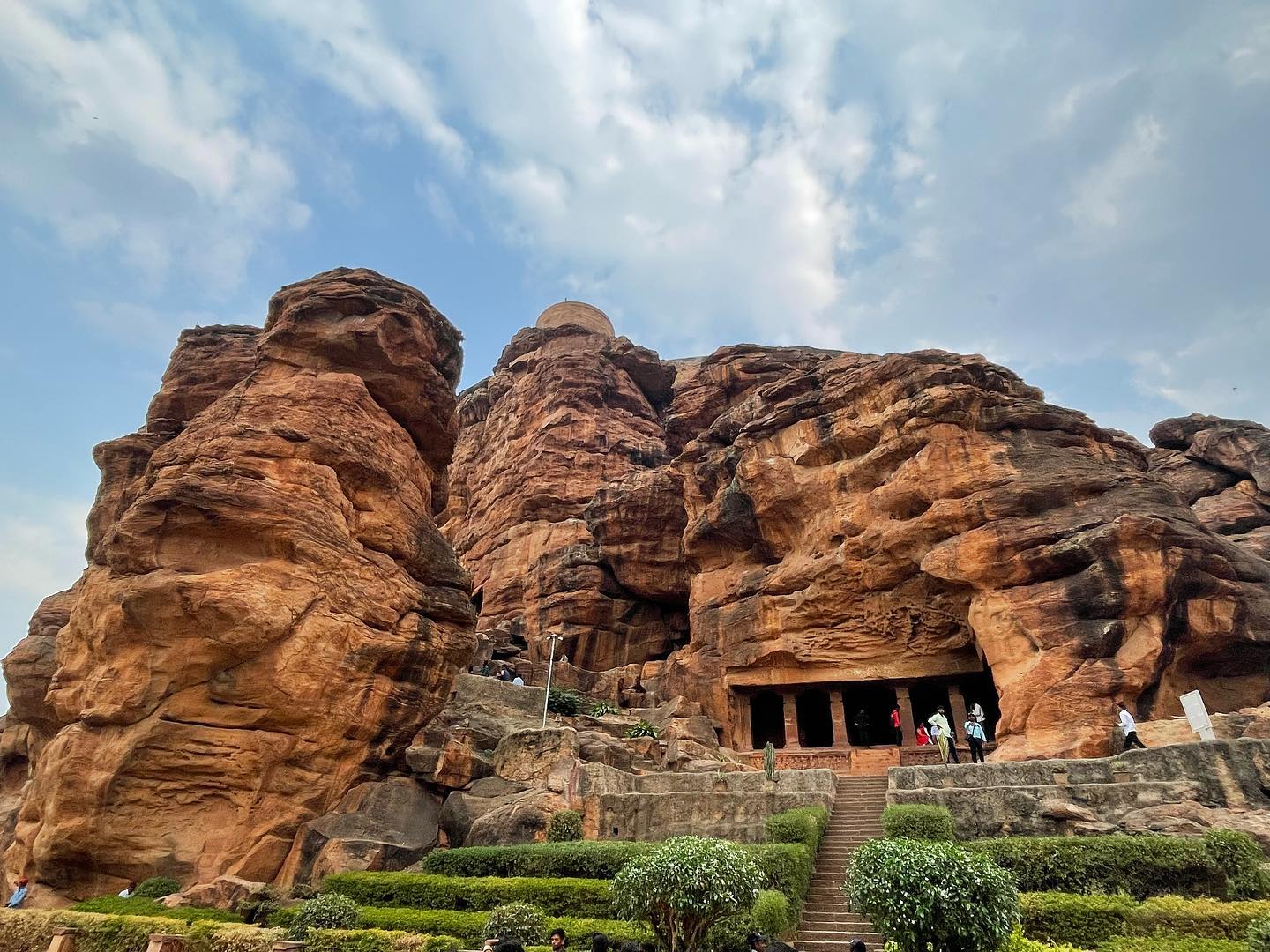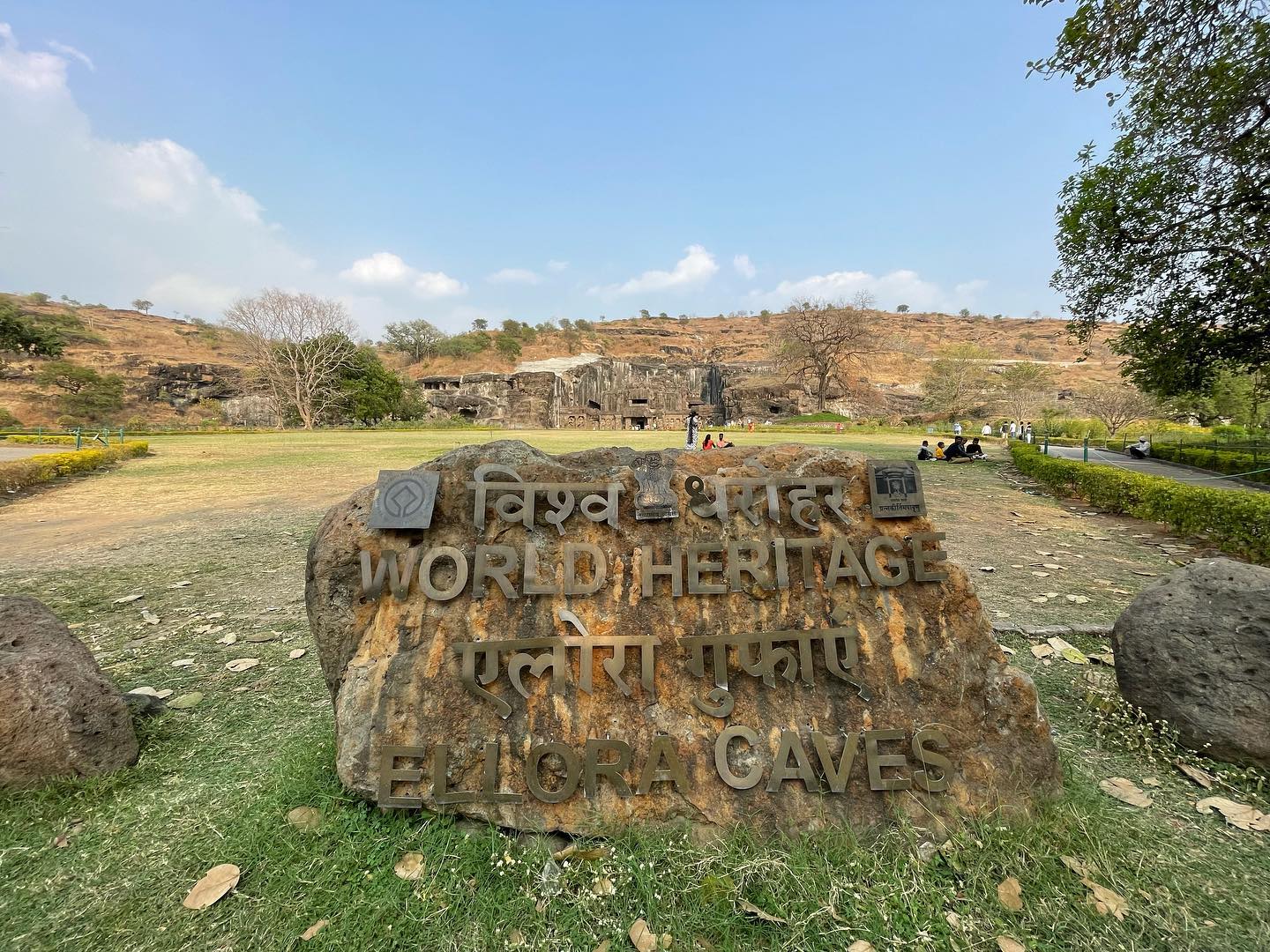28th October, 2021
Jamnagar was founded in 1540 and was the capital of the former Nawanagar state. It was established by Jam Raval and hence the city is named Jamnagar. Lakhota Fort and the Kotha Bastion, two magnificent old buildings, are situated on an island in the middle of Ranmal Lake in the centre of the city. The fort was turned into a museum that exhibits sculptures dating from the 9th to the 18th century.
Jamnagar is famous for its bandhani (tie-dyeing work), gold embroidery, and metalware. The art of Bandhani is a highly skilled process. The technique involves dyeing a fabric which is tied tightly with a thread at several points, thus producing a variety of patterns like Chandrakala, BavanBaug, Shikari etcetera; depending on the manner in which the cloth is tied. The main colours used in Bandhana are natural. As Bandhani is a tie and dye process, dying is done by hand and hence best colours and combinations are possible in Bandhanis. Bandhani tying is often a family trade, and the women of these families work at home to tie patterns. Bandhani Sarees are also called Bandhej Sarees.
It is the seat of Gujarat Ayurved University.
Jamnagar was also the state where Indian cricket was born. The earlier ruler, Ranjit Sinhji, played for England; a magnificent batsman; so did his nephew, DuleepSinhji, a master of the glide to leg. And it was on the Jamnagar ground that the great all-rounder Vinoo Mankad won his spurs, going on to make a double century at Lord’s, a few years later.
India’s largest private company, Reliance Industries, has established the world’s largest Oil Refining and Petrochemicals Complex near the village of Moti Khavdi in Jamnagar district.
Interestingly the Writer from Mussoorie, Ruskin Bond, is also a Writer from Jamnagar since his dad taught English to the royalty there, and Ruskin studied in Jamnagar till he was six years old.
